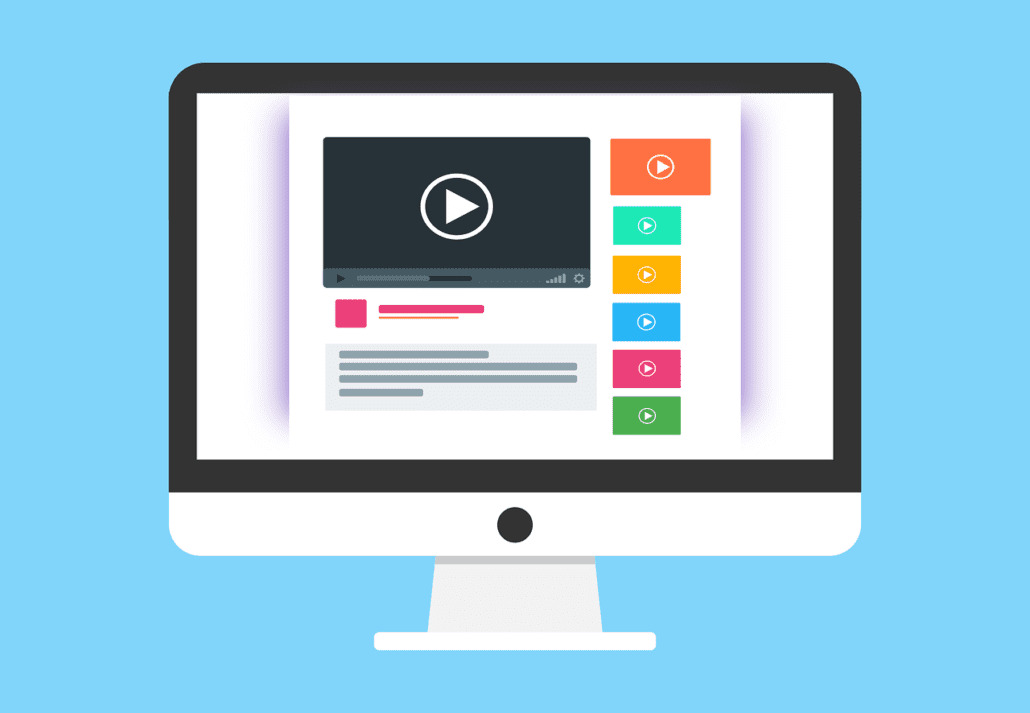Driving Traffic To Your Ecommerce Site

Design
The first thing to consider is the base of your operations; your website. An ecommerce site doesn’t need to be overly complicated. In fact, you can easily start one with a DIY web building platform. But making sure that it can be easily navigated by anyone is key. Keep things simple and uncluttered, with drop menus and different categories clearly found and all key contact information on both a contact page and at the bottom of each page. And make sure that you stay true to your style – if you are selling custom skateboards you need to stick to the cultural designs surrounding that to attract your main audience base.
Research
Do the research before and after you have launched your ecommerce site. You need to know who is searching for what you’re selling, what demographics are visiting your page and who is sticking around long enough to buy something. Look at Google Analytics to get you started, and look into applying applications and advice from Veon Consulting to increase your ecommerce statistics. The right software and tools are key here, and never think that doing the job once means completing the task.
SEO
Search Engine Optimisation are key words and phrases that increase your standing on a search engine results page. Use them well by wisely – Google do block pages that appear to dump a lot of phrases together in the hope of being first on that list. Keep it relevant- use Google AdWords to figure out the right phrases for you and check in regularly. As trends change as will the most commonly searched phrases. Integrating SEO phrases comes naturally to a content writer, so maybe you should look into hiring one for your web content, or you can give it a go yourself.
Deals
Just like a giant SALE banner in a window catches the eye, does a good deal encourage clicking. Use social media to advertise any deals or promotions you have going on. You can use cookies to target the right audience, but it can also help to interest people who otherwise wouldn’t think about visiting your ecommerce store.

